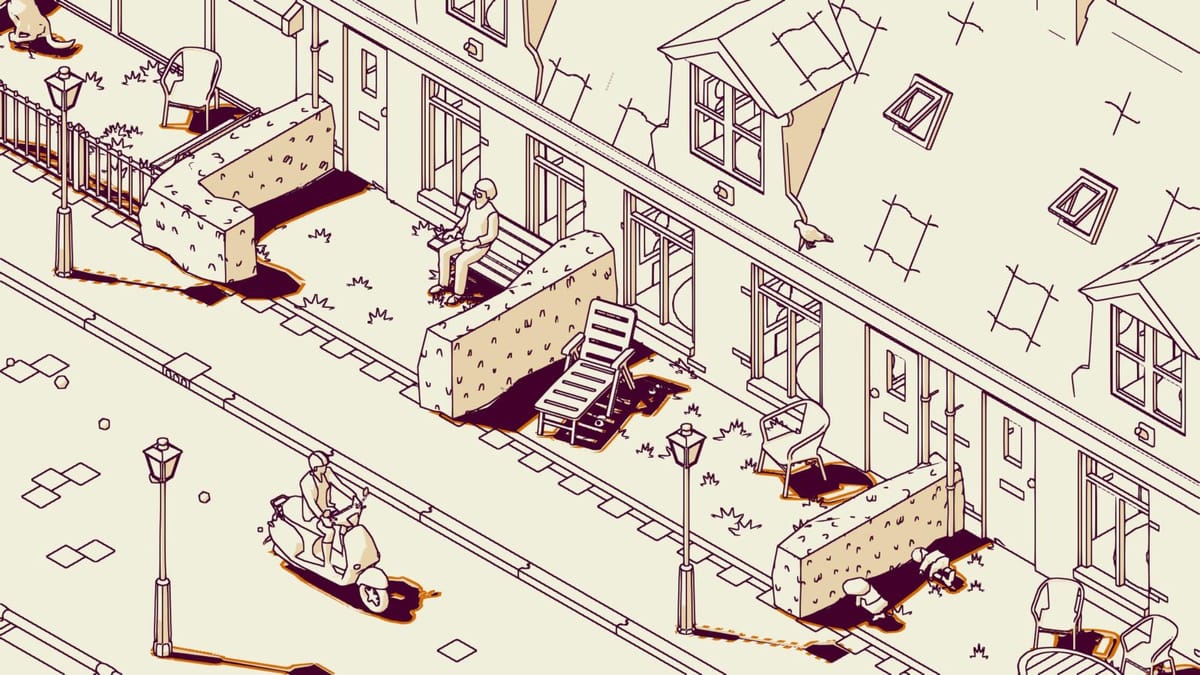
My favorite aspect of the current generation of gaming is fearlessness. No longer confined to tried and true gaming rules, developers are now only held back by their creativity and, as such, we’ve been given a variety of unique experiences. Enter SCHiM, a wildly inventive platformer with a unique minimalist aesthetic, which is bolstered by creative gameplay and a steadfast focus on the human experience.
In SCHiM, players take control of a shadow attempting to return to its human. To do so, the shadow must utilize other shadows, whether cast by intimate objects, moving vehicles, or humans and animals, to traverse a bustling world. What sounds simple on paper quickly becomes much more complex, as SCHiM forces you to learn how to manipulate the world around you to provide the shadow coverage needed to reach your destination. SCHiM has a concept which I hadn’t seen before, and one which leads to far more nuanced gameplay than I had initially expected. Not only are you participating in light puzzles to reach your destination, you also become an active participant in the stories of those you encounter, often helping other shadows return to their objects or humans, and in turn affecting the world around you for the better.
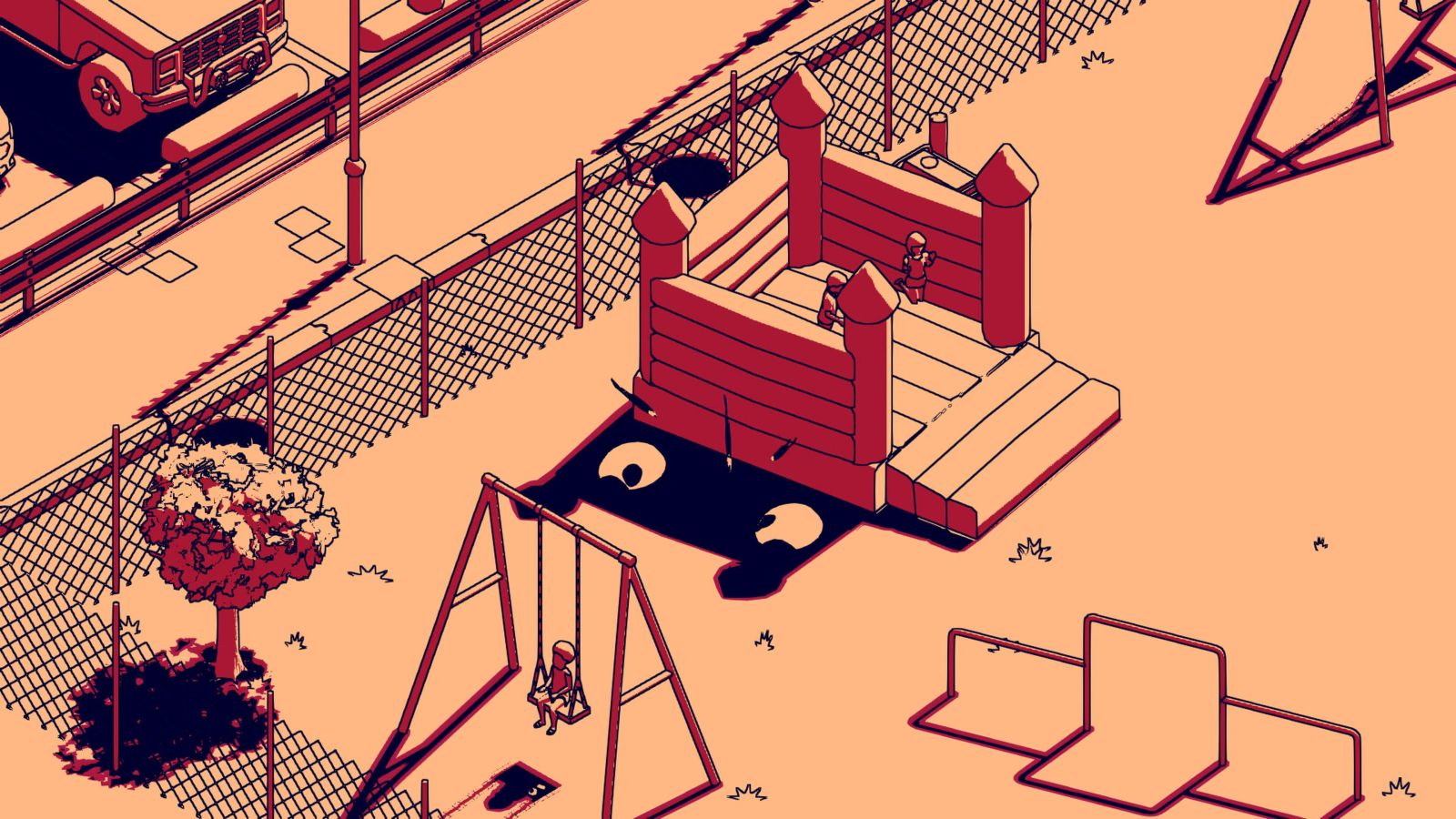
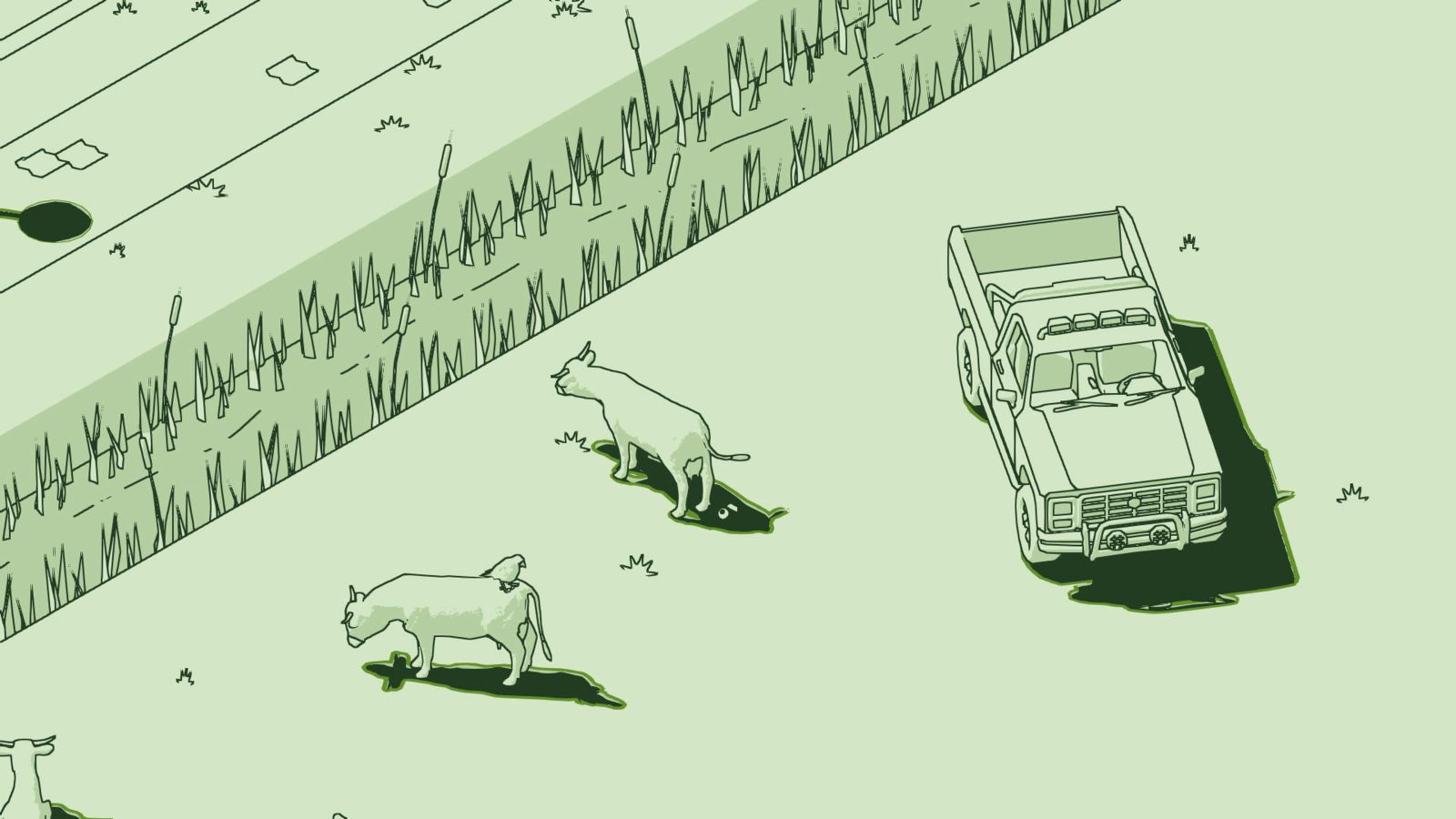
The first thing you’ll likely notice about SCHiM is its gorgeous world. Despite a lack of distinct details and its purposeful limited use of colors, you’ll still become enraptured with how emotive and alive the world feels. Color, while used minimally, impacts your playtime dramatically, often becoming a storytelling device on its own. Bright, almost washed-out colors are used when characters are happy, while melancholy blues are used when characters are sad. Often, you’ll encounter a wide range of colors as you navigate a level, showcasing just how varied the emotions of those you pass can be. It’s all very subtle but reiterates the unique traits that we as humans attach to these colors. To make matters more impressive, there is no dialogue, text or spoken, in SCHiM, instead relying on body language, colors, and gestures, to tell its captivating story. Despite this, you’ll never miss a beat as to what emotions the humans around you are experiencing.
SCHiM tells the story of a child through late adulthood, including all the heartbreak, joy, pain, and accomplishments one endures. As you progress through the levels, you’ll not only watch your human grow as you desperately attempt to catch up to them and be reunited, but you’ll also watch and sometimes influence other citizens who are excitedly chatting with friends, quarreling amongst themselves, playing outside, dealing with sadness, and so much more. There’s so many moments which you get to witness or take part in, that you’ll find yourself constantly deviating from the clear path, often with great reward. Most levels have hidden objects to find, which in turn reunite lost shadows with said object, but you can also manipulate every shadow you touch. You may make people cough, or excited children stop to dance, you may help animals find their way home, control kites, toggle streetlights, or just help someone gain the courage to wave to someone else. Many characters have unique reactions to your presence and figuring out which objects or individuals will provide you with a surprising reaction never becomes stale.
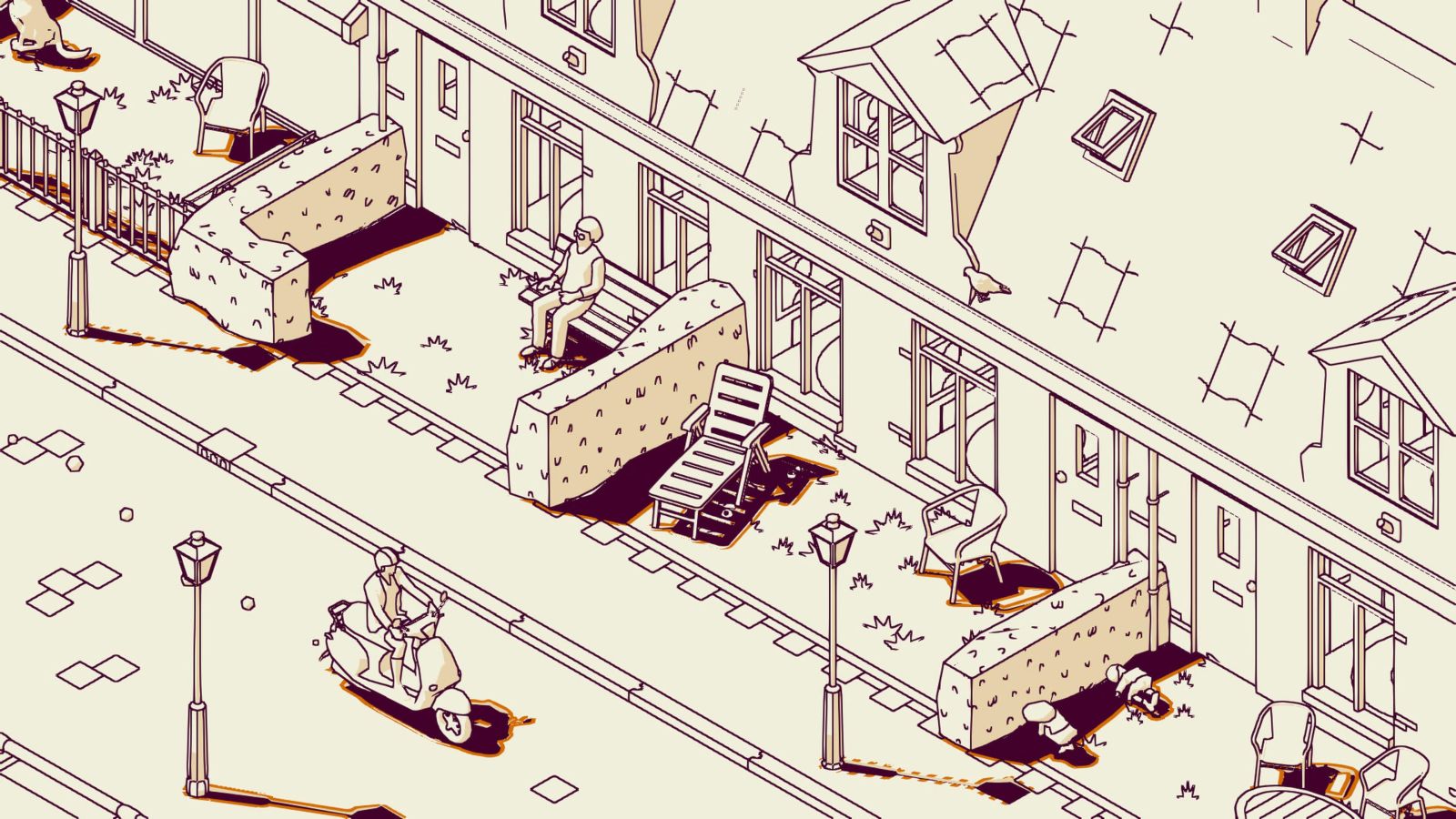
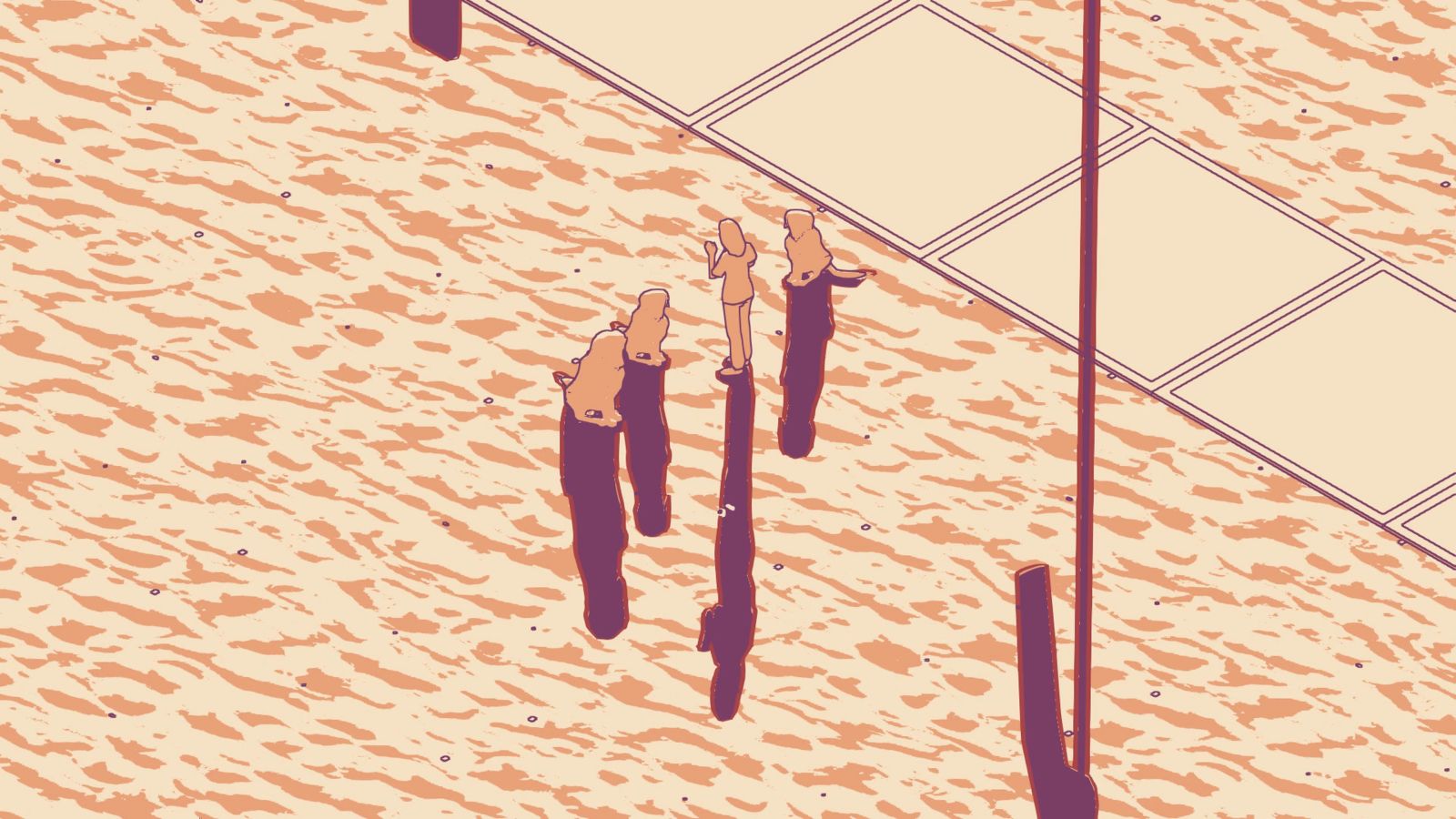
The main goal of each level is to traverse the terrain via shadow hopping to reach the end goal. In theory, this seems quite easy, and many levels are straightforward, but as you progress you’ll begin to encounter spiraling factories, city streets, bustling grocery stores, complex museums, golf courses, and densely packed zoos. Each of these areas are chock full of cars, machinery, animals, and pedestrians, and often require you to manipulate the level to gain the shadow coverage needed to progress. Later still, you’ll encounter darkly lit levels where only the lights of passing vehicles may provide a few seconds of coverage to move forward, while storm filled nights have you timing lightning strikes to progress. These spiraling and creative levels are invigorating and bring much appreciated variety to what is ultimately a simple gameplay concept.
Don’t let my talk of spiraling levels intimidate you, as SCHiM is always there to guide you and is carefully crafted to never feel overwhelming. Simply hold down the R2 trigger at any moment and the camera will slowly pan to your next objective, helping you more easily form a plan of movement. Additionally, pausing will show you how many hidden objects are located within your current level.
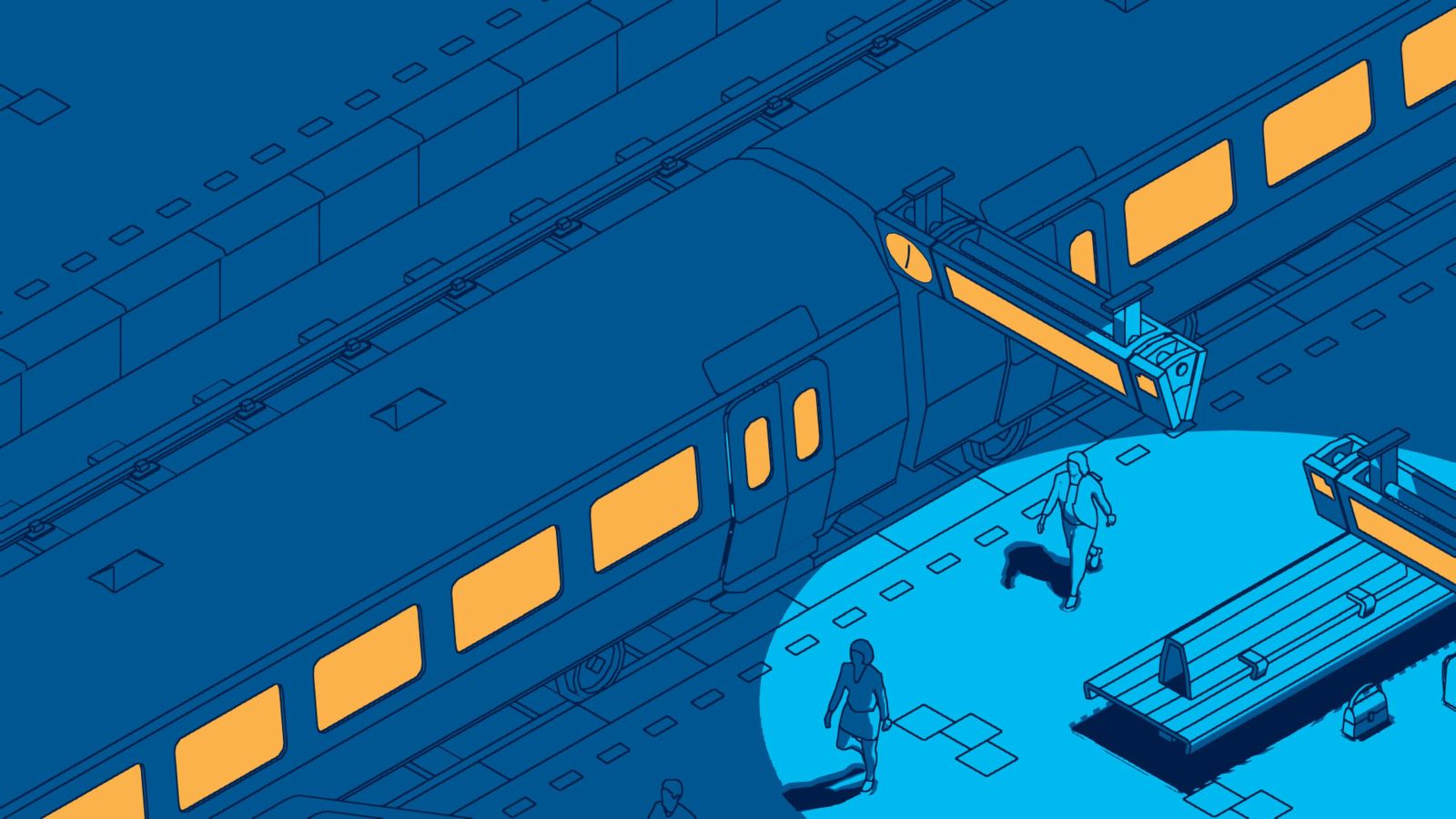
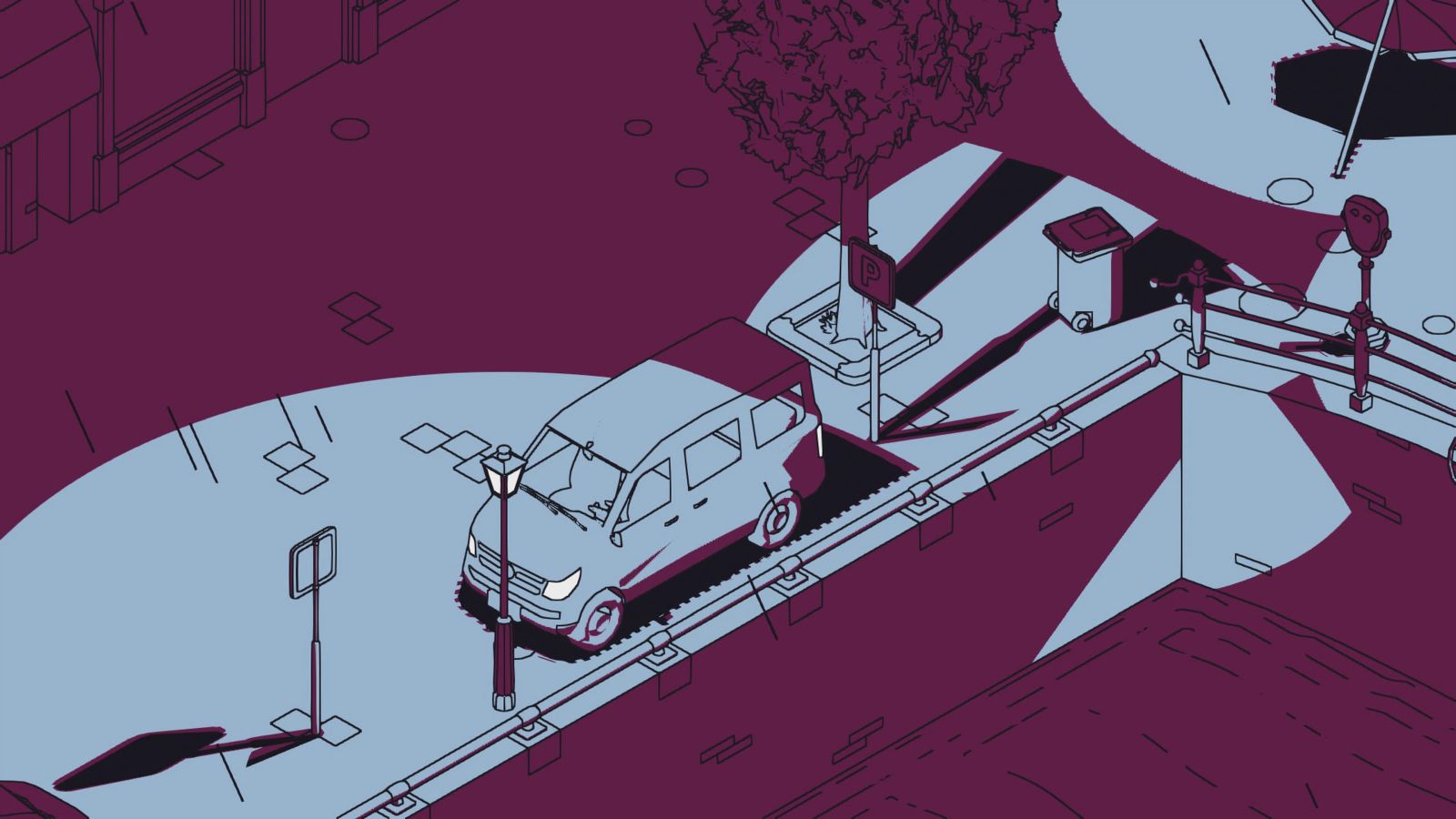
While SCHiM has been designed as a light platformer, that does not mean it doesn’t present a few challenges. Your shadow can only hop twice before being sent back to a previous safe space and standing outside of a shadow for more than a second or two will as well. This requires you to constantly seek new shadows to hide within and makes crossing some larger gaps a challenge. While your first hop covers quite a distance, your second hop is much more subdued. This means that you’ll often need to jump back and forth between stationary objects and moving objects to cover long distances. There are quite a few tricky areas, which lead to a great sense of satisfaction once you finally figure out how to proceed. For those who enjoy a challenge, you can eventually unlock a risky mode and single hop mode to really up the ante in terms of difficulty.
Finding hidden objects and reuniting other SCHiMs is also surprisingly difficult. While some objects are hidden in plain sight, others took me replaying a level a few times to figure out where they were. Thankfully, there is a level select option from the title screen, allowing you to replay any previously completed levels. In total there are 65 levels, and I’d suspect SCHiM will take 5 or 6 hours for a first playthrough, and upwards of 7 or 8 hours if you are hoping to find all hidden objects and enjoy really checking out every nook and cranny of the world.
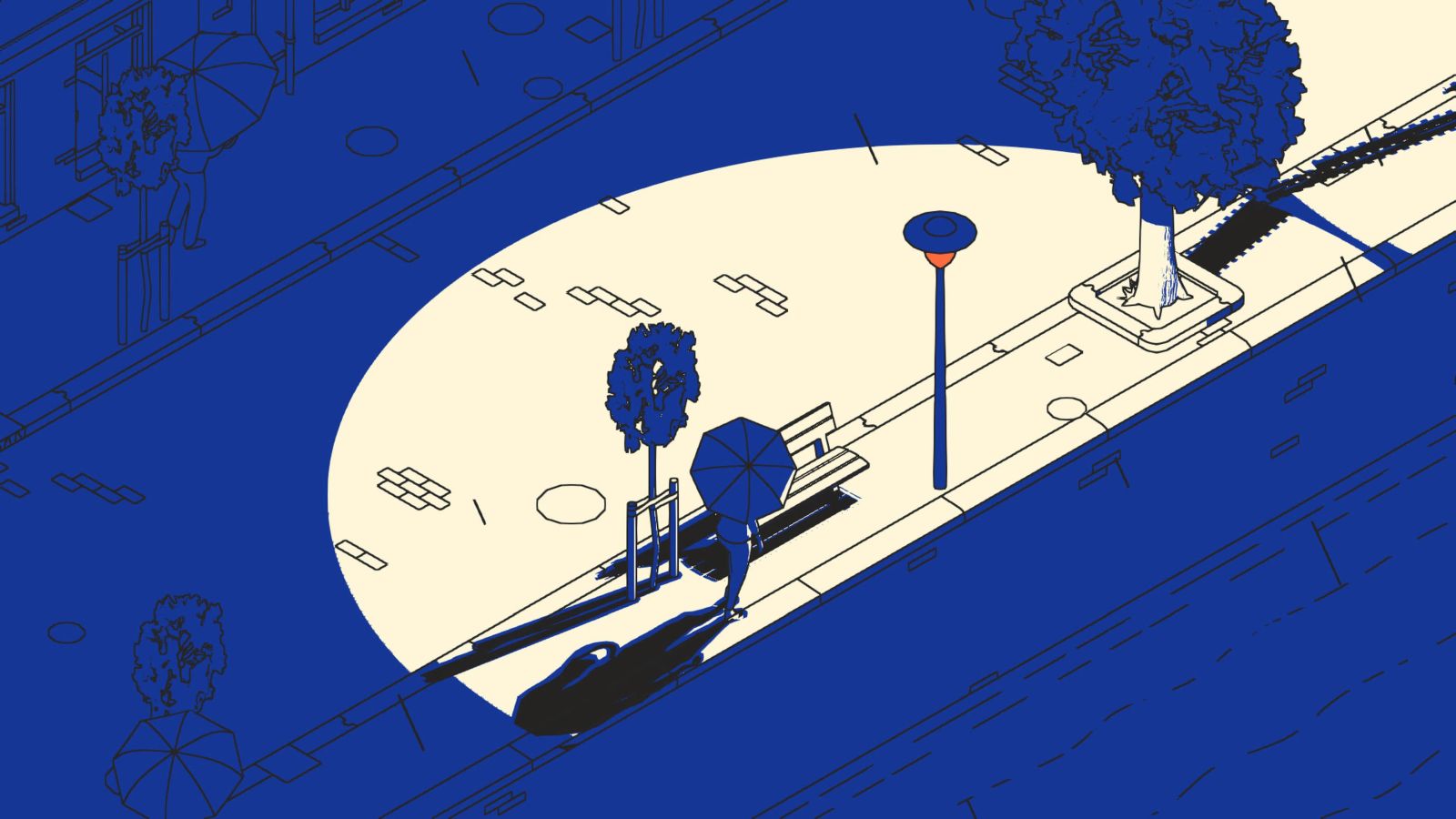

SCHiM isn’t without a few issues though. No matter how creative the levels get, there are bound to be a few players who will find the game repetitive. While I believe that SCHiM did a great job avoiding that feeling by switching up scenarios often, it may be hard for some to overlook that, in the end, you are ultimately just jumping from shadow to shadow. Those who appreciate SCHiM as an experience more than an in-depth game will get the most mileage out of the gameplay. There are also moments where the camera becomes a burden, as it can be moved left or right, but you can’t pull out to get a broader view of the level. This will sometimes lead to you heading in the wrong direction for quite a while, or attempting to cross an area which seems correct, only to find that you need to be in another part of the level completely to progress. This issue doesn’t crop up often but is noticeable in a few of the busy street levels.
SCHiM
Excellent
SCHiM is a wildly inventive platformer with a unique minimalist aesthetic, which is bolstered by creative gameplay and a steadfast focus on the human experience. I was surprised by the amount of emotional depth hidden within SCHiM’s shadow hopping platformer shell and appreciated becoming a small part of this world and its inhabitants. Though the premise is simple, SCHiM keeps things unique by constantly adding new challenges which utilizes light and darkness in creative ways, and I found myself consistently intrigued by where the story would go next.
Pros
- Creative gameplay which utilizes light and darkness in interesting ways
- Unique aesthetic which uses color to establish mood
- A surprise amount of emotion is shown despite the lack of text or dialogue
Cons
- Game may grow repetitive for some
- Camera can be a burden at times
